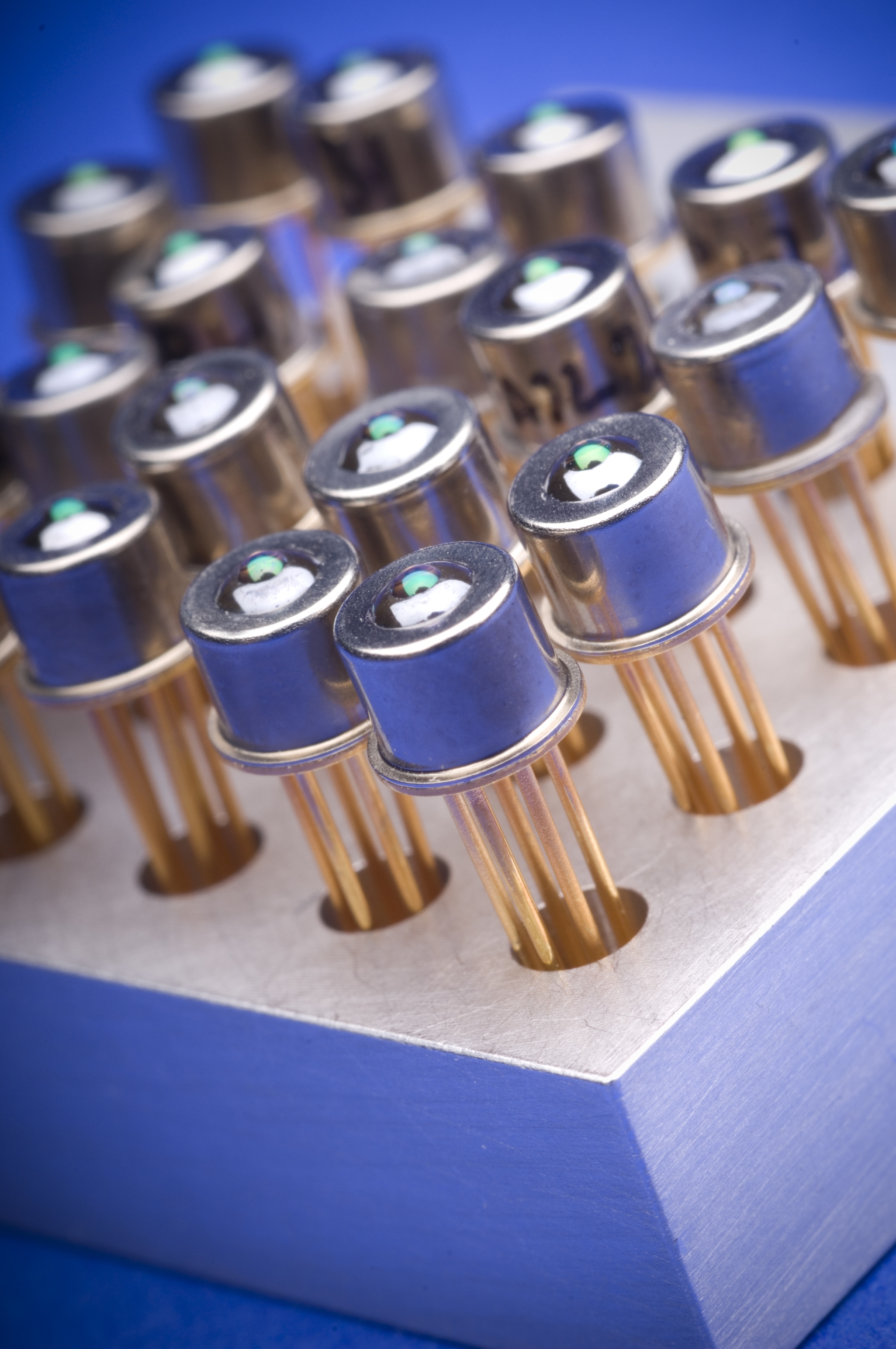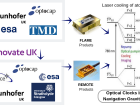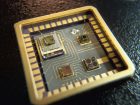Encapsulation and Hermetic sealing
Encapsulation is the process to protect die from damage after die attach and wire bond. There are two main types of encapsulation: Glob Top and Dam and Fill.
- Glob top is a process whereby a low viscosity encapsulant is dispensed on top of the die.
- The encapsulant flows and conforms to the shape of the die without damaging wire bonds.
However, the encapsulant can flow beyond the desired area and into adjacent areas. In many applications, such as the encapsulation of MEMS devices and Concentrated Photovoltaic devices, a controlled partial encapsulation of certain selected regions, for example, wire bonds, is required but ensuring that the active surface of the device is free from the encapsulant. The tight control for partial encapsulation requires the selection of a suitable encapsulant and development of an appropriate dispense process.
process.
Dam and Fill encapsulant uses a dam around the die area to control the encapsulant flow within a contained area. This process can result in a much flatter encapsulation profile. It requires dispensing of two or more encapsulant materials in the same dispense program during an automated process.
Variations of the above processes can be used to fully encapsulate Open-Cavity Plastic Packages. Using a subsequent flattening technique on the encapsulant the package can meet the original JEDEC form-factor standards and provide test socket compatibility.
ALTER UK, also has experience with a range of optically clear encapsulant and silicones for protecting devices such as LEDS and Photovoltaic’s. Alter Technology UK also supports customers with the design and procurement of frames suitable for containing the encapsulant material.
Hermetic Sealing
- Alter Technology UK provides hermetic sealing of various metal package configurations including
- TO-can style package and Butterfly packages.
- Parallel resistance welding is used for rectangular or square packages.
- Projection welding is used for TO-can devices.
Prior to sealing parts, they are put through a Vacuum bake-out process to remove moisture and other residues from the component surfaces. Devices can be hermetically sealed in a wide variety of inert gas atmospheres including N2, Ar, O2, depending on the customers’ exact requirements.
Fine and Gross leak tests are carried out to MIL-STD-883. Alter Technology UK have achieved leak rates of <5E-9 for a fibre-coupled butterfly package. This offers the potential of reducing the length of lifetime tests in certain applications.
Alter Technology UK expertise and capability in Encapsulation and Hermetic Sealing will reduce risk and reduce time to market as well as providing a cost-effective manufacturing option.
Contact us for more information
- Quantum Key Distribution - 7th November 2022
- Conducted Immunity - 20th May 2019
- Electrical transients Test - 2nd May 2019



